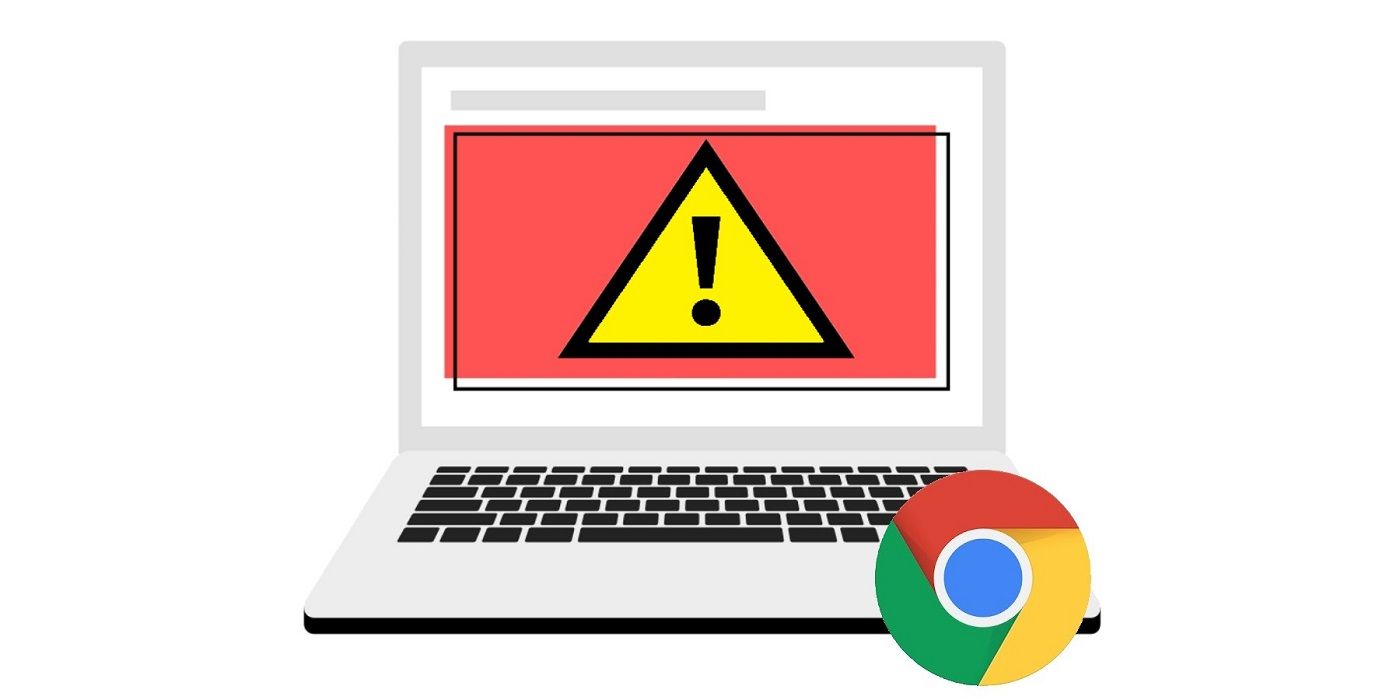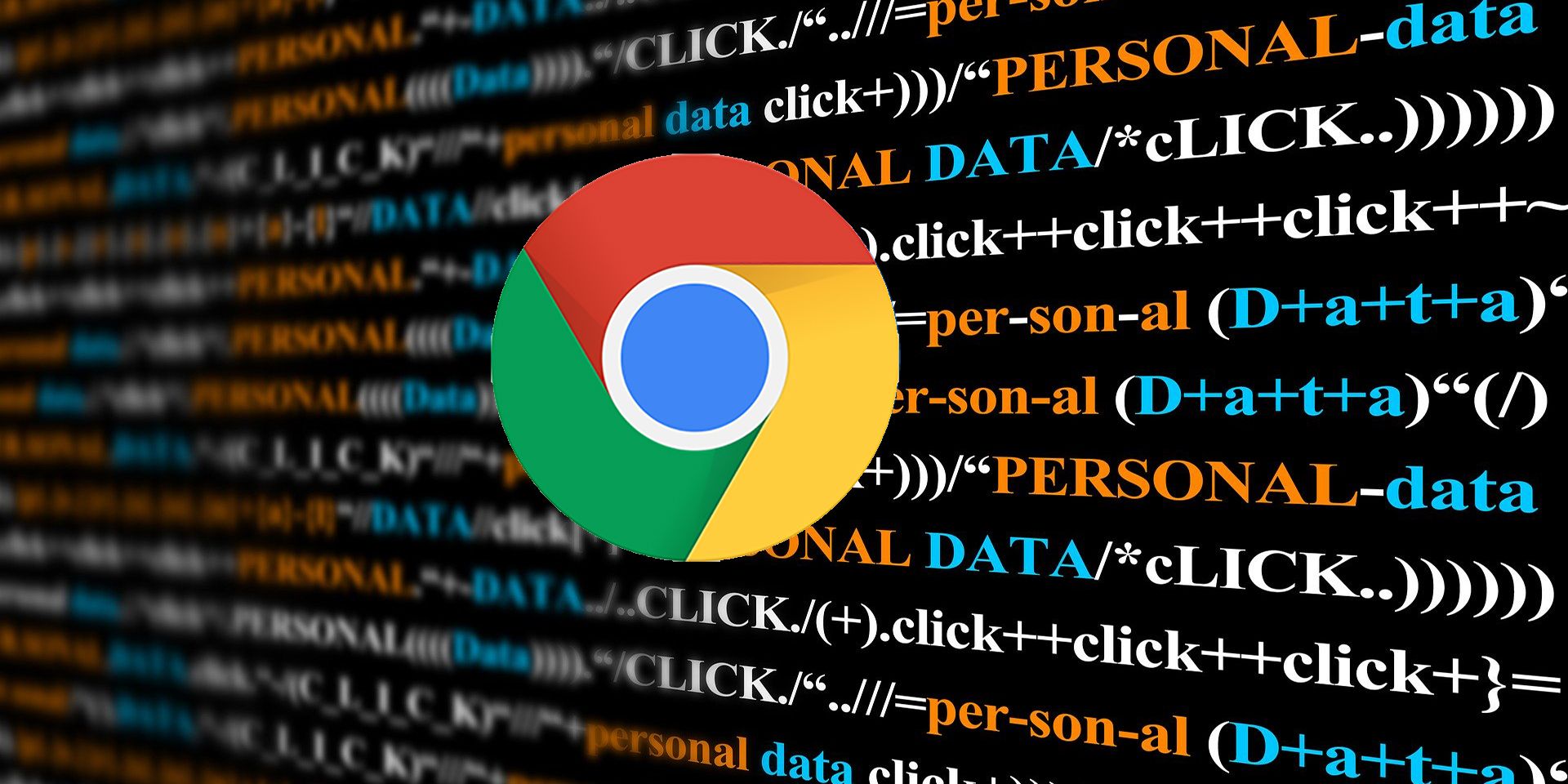Google is updating its popular Chrome browser to prevent users from accidentally divulging sensitive information to suspicious parties. The update aims to highlight security risks whenever users encounter potentially unsecured forms. The tech giant promoted safer web-browsing earlier this year when it announced the removal of cookies in the Chrome browser's near future.
Google is now following up on that by adding even more safety measure for Chrome users who are worried about falling victim to various malicious phishing schemes. The Chrome browser is inadvertently attracting a myriad of malicious activities that target its unsuspecting users, including cyberthreats capable of mining personal information, and even self-replicating viruses. Warning indicators for such suspicious activities were quite minimal, making threats like the massive spyware attack that penetrated the browser's defenses months ago, go unnoticed by users.
Prior to the update, the only indications of an unsecured form is the omission of the secured lock icon on the browser's address bar. According to Google, that's about to change as users will now be notified of such threats more clearly, starting in Chrome 86. Users will now be able to determine if forms are potentially being monitored by prying eyes, through the use of easily visible notifications highlighted in red. Whenever users are filling in unsafe forms that could be hiding unwanted viewers, a “this form is not secure” warning will pop up below the entry bar.
Additional Google Chrome Safety Measures & Changes
The latest Chrome update leads to some inevitable changes in the same vein as when Google blocked deceptively malicious notifications in previous versions. Filling in forms that might have a compromised security will disable the browser's auto-fill feature automatically. This helps in preventing users from accidentally revealing sensitive information without their consent. Users who insist on following through with their submission of a likely unsafe form will encounter another warning prompt, informing them of the potential risks of their action. Here, users can either choose to go back, or accept the risks using the “send anyway” option.
While the auto-fill feature disables itself by default in such cases, Chrome's password manager will still continue to work. That said, Google recommends to utilize the browser's password manager to help come up with unique passwords that are safe to use, even in forms that might not be fully secured. Google has been releasing vital updates to the Chrome's security since the year started, and it's good to know the tech giant is continually reinforcing the popular browser's defenses as the year progresses.
Source: Google


